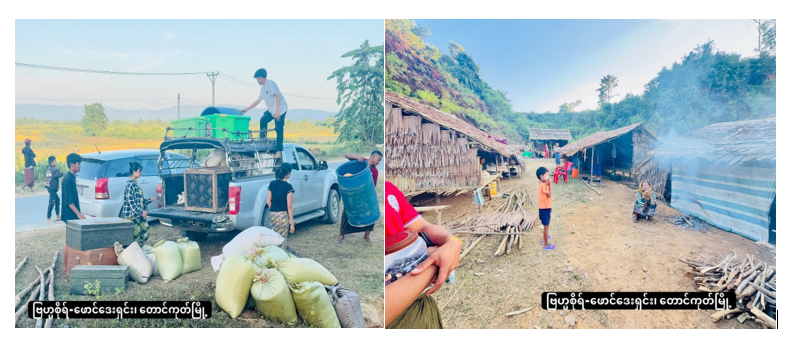A Robust Critique of Human Rights Watch’s Recent Report on the Arakan Army
- globalarakannetwork

- Jul 31
- 5 min read
Updated: Aug 2
Report Analysis
GAN/ Arakan (Rakhine State) July 31, 2025
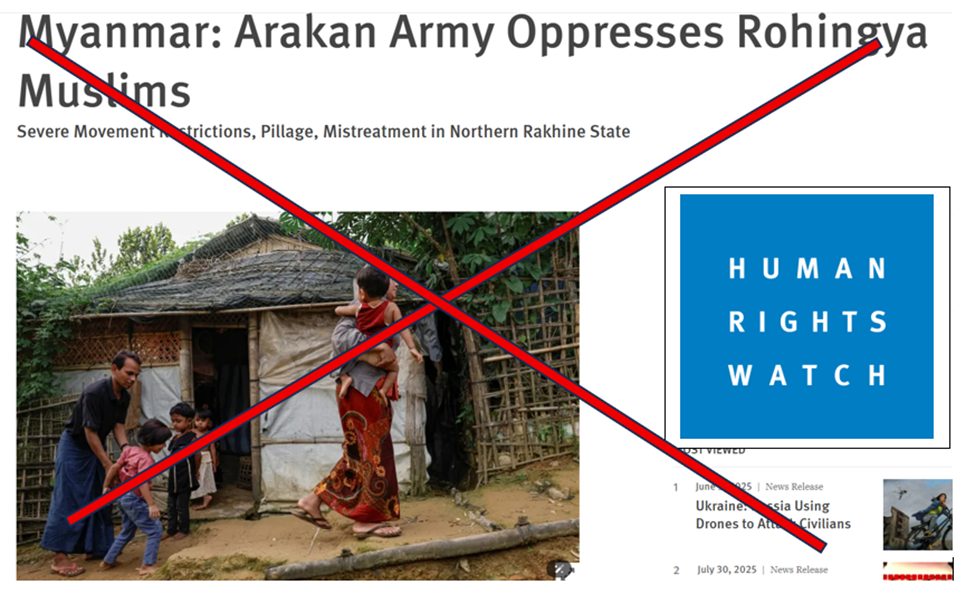
On July 28, 2025, Human Rights Watch (HRW) released a report titled Myanmar: Arakan Army Oppresses Rohingya Muslims, just five days after Fortify Rights (FR) published a similar report targeting the Arakan Army (AA). While FR’s report leaned heavily on sensationalized claims of “killing and torturing,” HRW’s narrative focuses on accusations of travel restrictions, forced labor without pay, destruction of cultural sites, and coerced military recruitment.
It is evident that these two human rights organizations are strategically aligning to push complementary narratives, casting the AA as the “perpetrators” and the Muslim community as the “victims.” HRW, previously regarded as less subjective and more evidence-based than FR, has severely undermined its credibility with this report. The document is riddled with biased assertions, fabricated details, and distorted accounts that fail to withstand scrutiny.
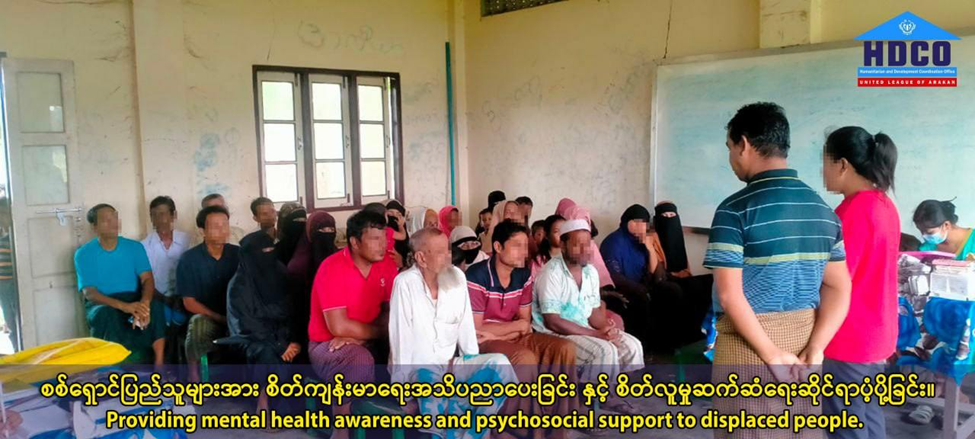
Analysis of HRW’s Report
HRW claims its findings stem from 12 interviews conducted with Muslims who fled from Buthidaung township in Arakan to Bangladesh between April and July 2025. The report alleges a range of abuses, including travel restrictions, forced labor, demolition of cultural sites such as graveyards, arrests, physical assaults, and forced military recruitment. However, HRW’s methodology and evidence raise serious concerns.
Firstly, the report lacks clarity on whether the interviewees included women and girls, casting doubt on the representativeness of its findings. More critically, it fails to provide essential details, such as specific dates and locations for the alleged incidents (see table below). For example, in story number (4), HRW describes a man in his sixties who allegedly worked for the AA without compensation. Yet, the report omits critical information: Where did he work? What was his role? When did this occur? Instead of providing verifiable data, HRW prioritizes sensationalized narratives over substantive evidence.
Similarly, in story number (6), a 57-year-old man claims his son was forcibly recruited by the AA. Yet, the report neglects to specify where this incident took place, leaving readers with incomplete and unverifiable information. This pattern of vague, unsubstantiated claims undermines the report’s credibility and exposes HRW’s apparent agenda to vilify the AA without rigorous evidence.
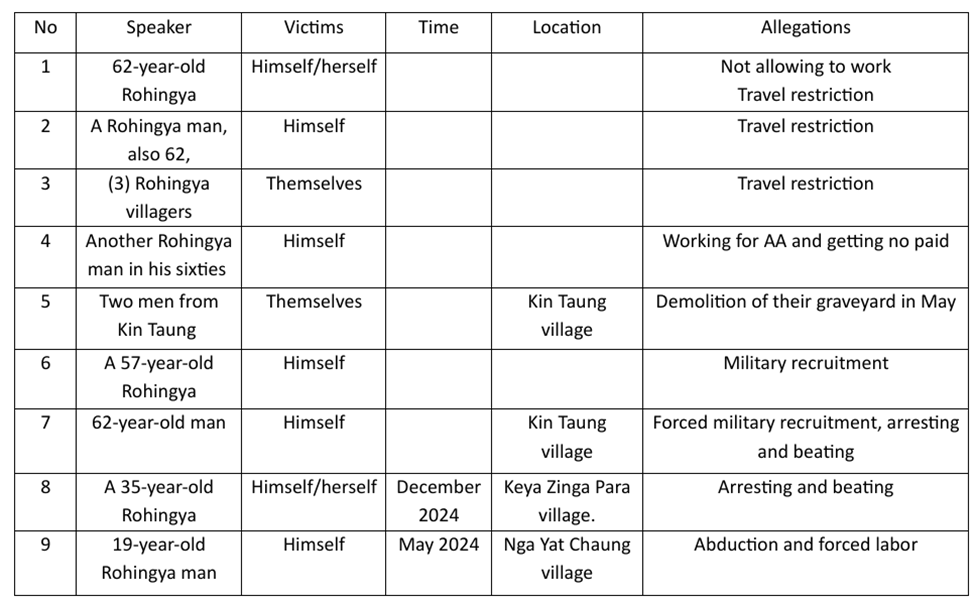
The HRW report’s glaring deficiencies become even more apparent when examining the referenced table. Shockingly, the report fails to provide basic details about the alleged incidents, particularly the specific dates when these events supposedly occurred. This omission severely undermines its credibility.
While HRW manages to mention three village names across four stories, it falls short of providing comprehensive location data. Fortunately, the GAN has successfully mapped these villages, offering at least some clarity where HRW’s report remains woefully inadequate.

In stories (5) and (7), HRW claims that victims from Kin Taung village in southeast Buthidaung reported the demolition of a graveyard, forced recruitment, arrests, and beatings. Since the village is identified, observers can verify claims like the graveyard demolition using updated maps or satellite imagery, directly challenging HRW’s vague assertions.
The report also references Keya Zinga Para, a nearby village, alleging that AA members arrested and beat a 35-year-old man in December 2024 for receiving military training from the Myanmar junta. This accusation lacks credible evidence, such as details about the individual, visible scars, or current suffering, rendering the claim unsubstantiated and questionable.
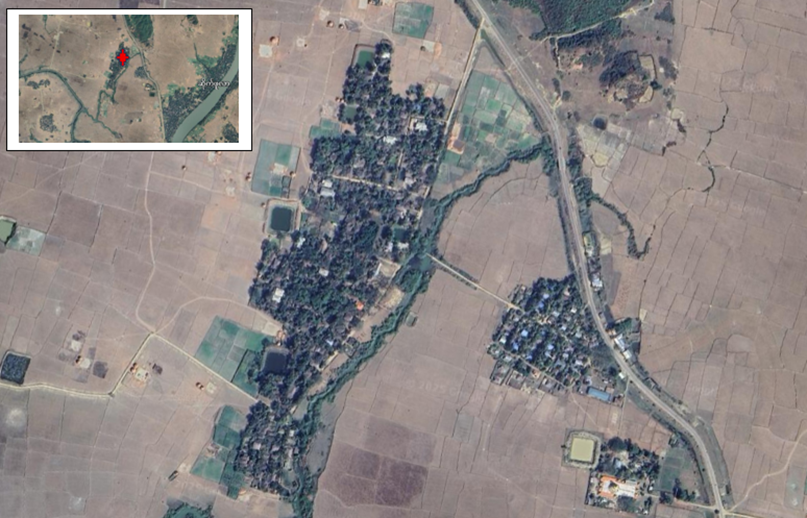
HRW’s report cites Nga Yat Chaung, a village south of Buthidaung town, alleging incidents of abduction, beating, and forced labor. Yet, it glaringly fails to provide critical details such as the specific location, dates, or other verifiable factors to substantiate these claims. This lack of evidence casts serious doubt on the report’s credibility and suggests a deliberate omission to obscure the truth.

Anyone can make baseless accusations against the Arakan Army (AA), but in the complex and sensitive context of northern Arakan, mere verbal testimonies are wholly insufficient to establish the truth. HRW’s report relies on such flimsy evidence, undermining its credibility.
The only remotely plausible accusation in HRW’s report is the claim of “travel restrictions” in northern Arakan townships. However, these restrictions apply uniformly to all communities—Arakanese, Muslims, and other minorities—and are not discriminatory or oppressive. They are a necessary measure to protect innocent civilians from the terroristic activities of Islamic militant groups like ARSA and RSO.
In central Arakan, where such militancy is absent, Muslims move freely and enjoy equal rights alongside others—a clear and commendable achievement. HRW’s portrayal of these restrictions as targeted oppression is baseless and misleading.

Biased Perspectives
Beyond its lack of verifiable facts, HRW’s report is marred by blatantly unbalanced and biased narratives. Consider the following claim:
“Arakan Army restrictions on livelihoods and agriculture, compounded by extortion and exorbitant prices, have exacerbated the severe food shortages and the junta’s blockade on aid, in place since late 2023.”
This statement brazenly pins the civilian livelihood crisis solely on the AA, with the Myanmar junta as a secondary culprit. Such a framing is alarming and deliberately misleading. HRW conspicuously ignores the Dhaka authorities’ blockages of border trade and humanitarian aid, which account for over 50% of the current suffering in northern Arakan.
This omission likely serves two purposes: to vilify the AA and to maintain HRW’s access to refugee camps under Dhaka’s control. Equally shocking is HRW’s failure to address the atrocities committed by Dhaka-backed groups like ARSA and RSO, which have killed, tortured, arrested, beaten, and looted their own communities on both sides of the border. This selective neglect exposes HRW’s agenda.
Another biased claim states:
“Since late 2023, over 400,000 people have been internally displaced in Rakhine and Chin States, while as many as 200,000 have fled to Bangladesh.”
This assertion is unsupported by evidence and distorts reality. HRW underreports the number of internally displaced persons (IDPs) in Arakan, where the Humanitarian and Development Coordination Office (HDCO) confirms over 500,000 IDPs. Conversely, the HRW grossly exaggerates the number of refugees fleeing to Bangladesh, claiming 200,000—surpassing even UNHCR’s already inflated figure of 150,000.
This discrepancy reveals HRW’s discriminatory approach, favoring one ethnic group (Muslims) over another (Arakanese) and prioritizing divisive political narratives over factual reporting. Such tactics are a textbook example of a human rights organization weaponizing its platform to manipulate perceptions.
Why Fleeing into Bangladesh?
Three critical factors drive the migration of Muslims from northern Arakan to Bangladesh, exposing the flawed narrative in HRW’s recent report.
First, intensified collaboration between Myanmar junta forces and extremist groups like the Arakan Rohingya Salvation Army (ARSA) and the Rohingya Solidarity Organisation (RSO) has forced their members and relatives to flee to Bangladesh to escape retribution from the Arakan Army (AA). This fear stems directly from their affiliations, not from baseless persecution by the AA.
Second, since the AA gained control of the border, Dhaka authorities have imposed severe restrictions on border trade and blocked essential supplies, including life-saving medicines from the UN, international humanitarian organizations, and civil society groups. This blockade has left many Muslims in northern Arakan facing starvation and death, compelling them to seek survival in Bangladesh.
Third, many Muslims in northern Arakan view Bangladesh as a gateway to better job opportunities, improved livelihoods, and potential resettlement in third countries. At minimum, registering as refugees in Bangladesh’s camps guarantees access to food and monthly financial support, incentivizing migration.
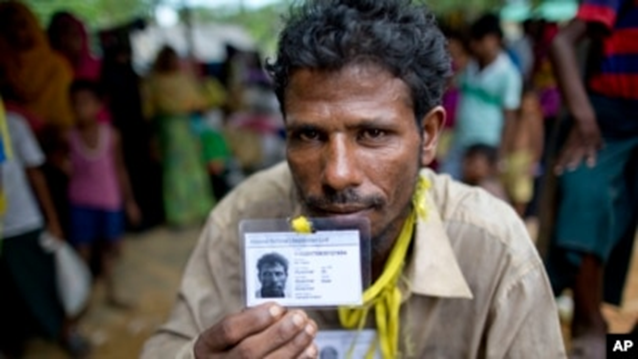
Consequently, claims of “political or religious persecution by the AA” are often fabricated to secure UNHCR cards, which provide basic food and cash assistance. HRW’s report, riddled with political motivations, factual distortions, and biased narratives, irresponsibly amplifies these claims.
Worse, it fuels division by discriminating between Arakanese and Muslims, undermining social cohesion and the United League of Arakan (ULA)/AA’s efforts toward inclusive governance. Far from fostering unity, HRW’s report exacerbates divisive politics, hindering progress in the region.




_edited.png)


